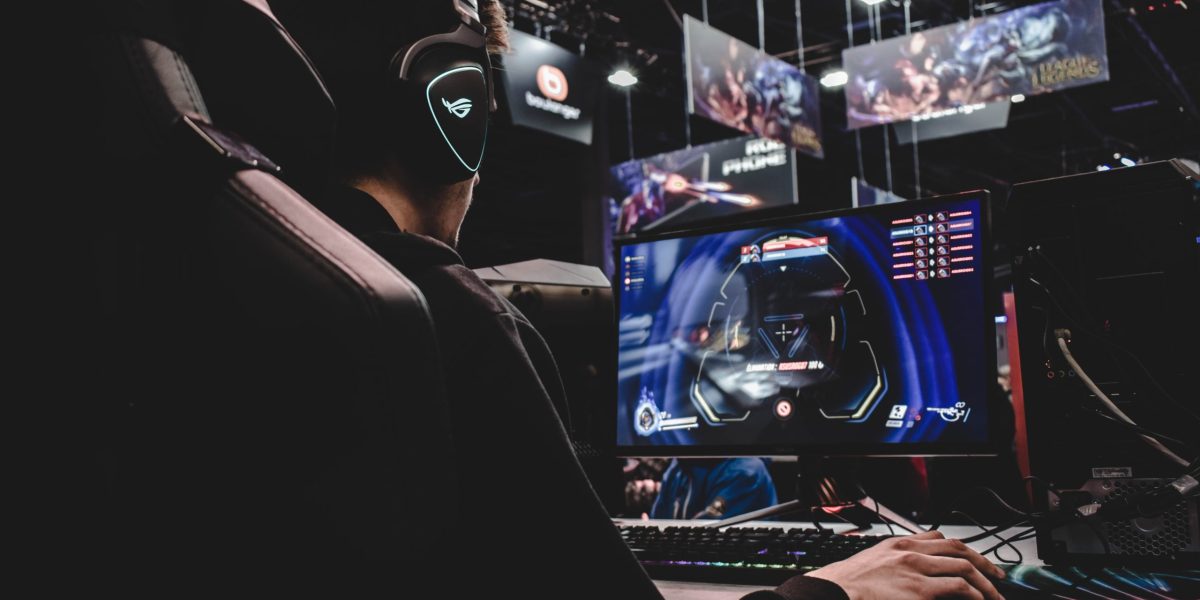|
Getting your Trinity Audio player ready...
|
– Daniel Wu
Everyone knows that video streaming is having a transformative moment during the global COVID-19 pandemic. With half the world’s population under some form of lockdown, millions of people stuck indoors are turning towards video streaming, some for the first time ever. Netflix reported a record 16 million new subscribers in the March quarter, while Disney+ announced it had reached 50 million paying subscribers just 5 months after the service was launched. The shift from traditional TV to online streaming was already accelerating, and the coronacrisis pushed it into overdrive.
In another corner of the media landscape, video gaming is having its own hypergrowth moment as well. For example, in the Free-to-Play (“F2P”) category, industry insiders indicate that compared to a February pre-COVID benchmark, year-over-year growth rates in recent weeks for game downloads is running 8-10 times higher, growth in hours spent is 6-8 times higher and revenue growth 2-3 times higher, and still accelerating. Paid games are also experiencing an unprecedented spike in engagement and monetization (see for example Doom Eternal and the latest Animal Crossing game). But perhaps most unprecedented is the sudden explosion in e-sports coverage by mainstream sports channels. With traditional sports events all but suspended, channels such as Fox Sports and ESPN have been picking up e-sports content, in some cases airing more than 14 hours of e-sports programming per day!
If those familiar with the listed video game publishers cast their minds back to 2018, they will recall – perhaps with a bitter aftertaste – the excitement and hype that surrounded the “e-sports opportunity”, especially for publishers such as Activision Blizzard (“Activision”) and Electronic Arts. One of the most bullish brokers on Wall St predicted in 2017 that the inaugural season of the Overwatch League could gross $720 million for publisher Activision and the league’s teams. In 2018, Activision reported less than $150 million in revenues for all its e-sports related activities, including the Overwatch League. Similarly outlandish forecasts have been made by industry research firms such as Newzoo, which predicted in 2017 that global e-sports revenue would reach $1.5 billion to $2.5 billion in 2020. By February 2020, that forecast had been revised down to $1.1 billion.
This debate over the size and the tangibility of the e-sports opportunity was front of mind when we recently revisited our video game publisher theses. With video gaming experiencing a huge increase in popularity and engagement during the COVID-19 pandemic and e-sports gaining wider media coverage, a natural question to ask is whether e-sports will – this time – become a permanent revenue and profit driver for the U.S. video game publishers (particularly Activision). A well-timed essay by venture capitalist and former media executive Matthew Ball, published last week, expounds in some depth the challenges that e-sports face to become sustainable digital models of real sports, and echoes many of the same concerns that we have as well.
Back in 2018, we felt that one of the biggest barriers to e-sports penetration was the ease of following the game. Real sports tend to be easy to follow – there is a holistic view of the action rather than just from one participant’s perspective, the rules and interactions can be picked up reasonably quickly, and the distribution is designed around the viewer experience. As Ball argues, traditional sports, especially the major sports leagues, are designed first and foremost to be fun to watch. Video games, on the other hand, are designed first and foremost to be fun to play. Gameplay, at least for popular e-sports titles, is fast, furious and almost impossible to follow or understand unless the viewer is also a (casual) player of the game. The viewing experience is suboptimal as games are designed to be immersive for the gamer and not the viewer – the result is somewhat akin to watching a football match through a GoPro strapped to each player’s chest, or watching an entire NASCAR race from the dashcam. And commentary is usually more jargon-filled than even the most complex traditional sports. All of this adds to a viewing experience that is hard to get into unless the viewer is also invested in the game in some way or other.
Furthermore, for a game to be fun (and thus successful), it needs to cater to the widest audience – the casual players. What is fun for the millions of casual players of a game might not be fun for the handful of professional players, and conversely what may be engaging or balanced for professional players may be frustrating for casual players. Considering the video game publishers still generate substantially all their revenues and profits from selling games and in-game content to casual players, catering to casual players will always take priority over catering to professionals (and thus e-sports takes a back seat). The ultimate expression of fun is new – for a casual player not invested in a game as heavily as a professional, experiencing the same gameplay over and over can grow stagnant fast. While a few e-sports titles have remained relatively unchanged for years (Counter Strike and Starcraft: Brood War come to mind), the vast majority of e-sports titles need to be updated or overhauled annually (Call of Duty) or every few years (Overwatch) to maintain the player base and of course generate revenue for the publisher. This leads to an e-sports viewing and playing experience that changes regularly and thus does not promote stability.
Finally, and perhaps most detrimental to the long-term success of e-sports, is the incentive structure within the industry. As Ball points out in his essay, e-sports leagues are not the same as traditional sports leagues. Sports leagues such as the NFL, NBA or Premier League are governed by an association but not owned by any one entity. In the U.S., the NFL and NHL are non-profits, while the NBA and MLB are managed as such – revenues generated by the league are distributed to the individual teams that are privately owned. The Overwatch League, on the other hand, is owned by Activision, which is most definitely not a non-profit. Not only do teams pay Activision for the privilege to participate, Activision also has first claim to revenue generated by the league to offset the costs of running and marketing the league, and then pockets a majority of the profits. Because Activision owns the Overwatch IP, no other party can organize an Overwatch league. Thus, Activision’s position of the league as a marketing tool is orthogonal to the teams’ position of the league as one of their main sources of revenue. If Activision had to choose between the health of the game and the health of the league, it will almost always prioritise the former over the latter.
In summary, we believe that while the COVID-19 pandemic has added rocket fuel to the growth of video gaming and sparked greater mainstream interest in e-sports, the gains during the past few months are likely to be temporary unless some fairly structural hurdles can be overcome. If the NFL was fun to watch only for those viewers who also played American football – and paid the NFL for the privilege to do so – the league would be several orders of magnitude smaller than it is today. That is where e-sports currently sits.
Daniel Wu is a Research Analyst with Montaka Global Investments. To learn more about Montaka, please call +612 7202 0100.





